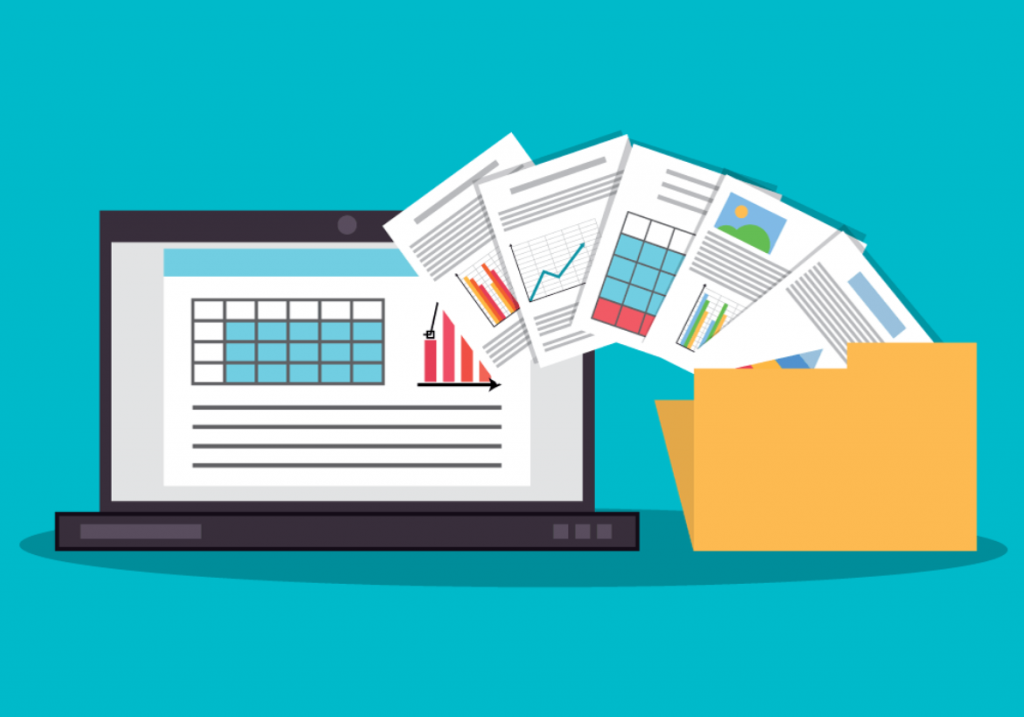Reducing cost in our day to day lives is a process of common sense. First we understand the data then we challenge it by asking quotes from other suppliers for a similar service.
The process is the same in business and today we thought we would offer to those who want to go through the exercise themselves the key steps to ensure a proper reduction.
We have left you a little bonus at the end the article!

Data Gathering
We are at the age of data, and everything starts from there. As one of my first bosses said, “You cannot improve what you cannot measure”.
I was really impressed that day, but later I realised this quote wasn’t from him.
Your first task is therefore to understand what you are buying. Since your purchasing system is unlikely to provide you with the right level of data, it is recommended to request from your suppliers an itemised spend.
Tip: It might also be worth, if your supplier is providing some form of service to ask for a full description of the service you are receiving.

Data Analysis
Once you have received the itemised spend you need to lay it out in a spreadsheet, showing these 3 elements:
- Item description
- Price per unit
- Quantity
These 3 items will apply to any situation, however depending on the spend challenged you might need to add more elements to it.
Once you have full visibility over the spend, you are ready to challenge it.

Tendering
Unless your spend is already committed, or the market does not allow you to, always always try to make your tender competitive.
The suppliers to include are those you are already using on site PLUS some external ones. External suppliers will not know your site as well as those that are already there, however they will be a lot keener to provide a competitive price than you incumbent suppliers.
It is quite common within certain sectors to have incumbent suppliers discussing pricing with each other in order to keep their margin at a certain level. Bringing an outsider will break this behaviour.
When sending a tender 3 elements need to be addressed:
Technical – making sure you are receiving a like for like product (or better);
Pricing – Ask the suppliers to populate your spreadsheet adding their proposed price per unit against the quantities you have provided them with. Do not show them your current price, if you do so you are taking the risk they will only try to bid just below it and you not might receive their best offer.
Legal – If you have a set of purchasing conditions, request the suppliers to comply with them.
The suppliers will be given a realistic deadline to answer.
Tip: if you wondering if a deadline is realistic, try to think if your business would manage to turn around commercial proposal within the same amount of time you are giving them. (believe it or not, you are not their only client.)

Tender Review
Your suppliers have provided their commercial proposal and now you need to review what they are offering.
The purpose of this phase is to really understand the entire cost of the goods or services you are buying. This section provides a very high level of what needs to be done. If you wish to explore more a good key word to submit to Google is “Total Cost of Ownership” or “TCO”.
Ensure you are getting a like for like quality – ask the suppliers to confirm the service, or goods, they are offering will be at the same level of quality as what you are currently getting. If its goods ask for a like for like part number or request for samples to be supplied so your team can test the goods.
Pricing – It’s very likely some suppliers will ignore your excel spreadsheet and send you a list of prices with a lot of words. To avoid being taken into a sales pitch, request for the spreadsheet to be sent to you populated with the requested items (Price per unit, lead times, return policies…)
Legal – Depending on your size and the type of spend this can be a very challenging one. If you are in a strong position, I would suggest to try to push as much as possible for your T&Cs to apply. However, it’s also good to accept when the battle is lost and some commodities such as utilities or telecoms will prove to be almost impossible to negotiate with.
Tip: This phase is very important as it allows the buyer to take away the emotional element of the sale. It’s no longer what the salesman tells you that matters, but what is actually written. Make sure the commitment, especially in terms of service level, is translated into legal terms with actually commercial consequences if the expectations are not met.

Implementation & Monitoring
It’s time to sign the contract!
However, it does not end there. Once your supplier is implemented, make sure you have regular meetings with them to ensure the service level remains up to expectations… and no need to beat them up if it falls below the excepted level.
Understand what is going wrong, discuss and agree corrective actions. Most of the time this will work.
Liquidated Damages are always an option, but it should not be a “go to” as this is a very time-consuming activity. This is an option to consider after things have been put back to normal or the contract has been terminated.
Final tip: Whilst you may have some ideas on the order of priority of what supplier or spend need to be challenged, nothing will beat a bit of planning. In order to do that, start by mapping your entire spend by assigning a segmentation to each supplier. This will help you understand where the money is spent (with more certainty) and understand where you are the most likely to generate the highest impact. Cost reduction take time, so make sure you choose wisely.




